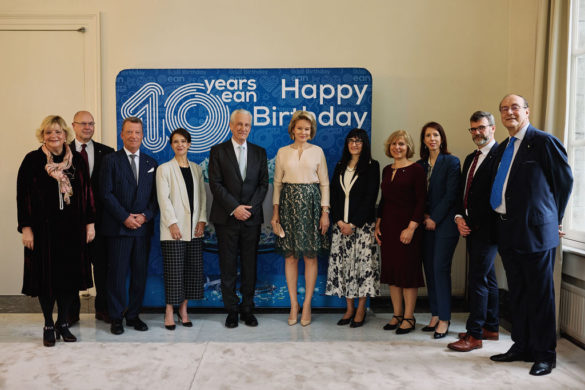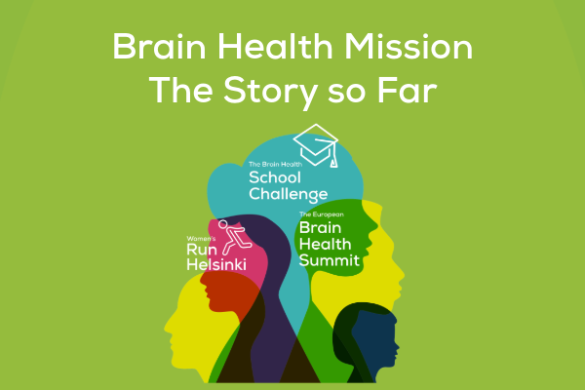by Raphael Wurm
Each month the eanNews editorial team reviews the scientific press for recently published papers of outstanding interest to neurologists. Below we present our selection for April 2025.
Direct oral anticoagulants versus no anticoagulation for the prevention of stroke in survivors of intracerebral haemorrhage with atrial fibrillation (PRESTIGE-AF): a multicentre, open-label, randomised, phase 3 trial | Lancet
This European multicentre phase 3 trial (PRESTIGE-AF) evaluated whether direct oral anticoagulants (DOACs) can prevent ischaemic stroke in patients with atrial fibrillation after intracerebral haemorrhage (ICH) without significantly increasing the risk of recurrence. In total, 319 patients with prior spontaneous ICH and an indication for anticoagulation were randomised to receive either a DOAC or no anticoagulation. During a median follow-up of 1.4 years, the DOAC group showed a markedly reduced risk of ischaemic stroke (HR 0.05; 95% CI 0.01–0.36) compared to the control group. As expected, the rate of recurrent intracerebral haemorrhage was higher in the DOAC group (HR 10.89; 90% CI 1.95–60.72), falling markedly short of the pre-specified non-inferiority margin of 1.75. In summary, this trial underscores the effectiveness of DOACs to prevent ischaemic events but also emphasises that this comes at the cost of bleeding events. Further research to identify appropriate patients and manage these events is certainly warranted.
Location and Timing of Recurrent, Nontraumatic Intracerebral Hemorrhage | JAMA Neurology
This pooled cohort study analysed 733 patients with a total of 1616 intracerebral haemorrhage (ICH) events to investigate recurrence patterns. Nearly half of all patients (46.4%) experienced recurrent ICHs adjacent to the index event (adjICH), i.e. in close spatial proximity, while the remainder had remote recurrences (remICH). AdjICH was more strongly associated with lobar ICH and cerebral amyloid angiopathy (CAA) and occurred earlier than remICH (median 1.25 vs 2.21 years). Multivariable analysis confirmed CAA and prior lobar haemorrhage as predictors for adjICH. These findings suggest that regional vascular vulnerability, particularly in CAA, contributes to recurrence risk and timing. This finding could pave the way for novel treatment strategies.
Direct oral anticoagulants versus vitamin K antagonists for cerebral venous thrombosis (DOAC-CVT): an international, prospective, observational cohort study | Lancet Neurology
Cerebral venous thrombosis is one of the last frontiers for direct oral anticoagulants (DOACs) to break into, with many guidelines still recommending vitamin K antagonists solely because of a lack of data. This international prospective cohort study aimed to change exactly this, by assessing the safety and effectiveness of DOACs compared to VKAs in 619 adults with CVT across 23 countries. Among the patients, 401 received DOACs and 218 received VKAs. After six months, the composite rate of symptomatic venous thromboembolism and major bleeding was similar between groups (3% in both; weighted OR 0.99, 95% CI 0.37–3.38). Mortality rates were also comparable. These findings support DOACs as a viable alternative to VKAs in the management of CVT in routine clinical settings.












